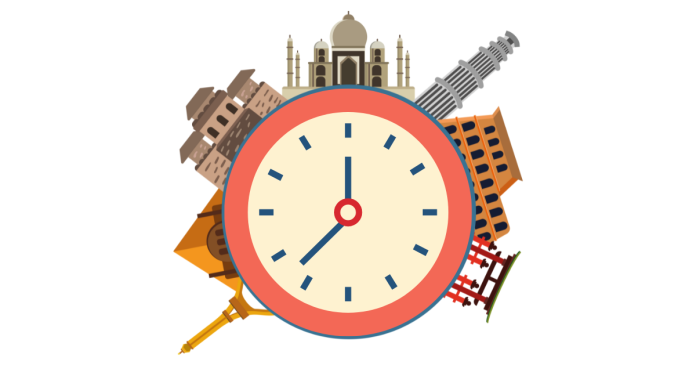Mountain Time (MT) and Eastern Time (ET) are two of the time zones used in North America. The primary difference between the two is their time offset from Coordinated Universal Time (UTC) and their geographical coverage. Here’s a detailed comparison:
Time Difference
- Mountain Time (MT) is 2 hours behind Eastern Time (ET).
For example:- When it is 12:00 PM (noon) in ET, it is 10:00 AM in MT.
UTC Offset
- Eastern Time (ET):
- Standard Time (EST): UTC -5
- Daylight Saving Time (EDT): UTC -4
- Mountain Time (MT):
- Standard Time (MST): UTC -7
- Daylight Saving Time (MDT): UTC -6
Daylight Saving Time
Both time zones observe Daylight Saving Time (DST) in regions where it is applicable:
- Mountain Time switches to Mountain Daylight Time (MDT) in the summer.
- Eastern Time switches to Eastern Daylight Time (EDT) in the summer.
During DST, the difference remains 2 hours.
Geographical Coverage
- Eastern Time Zone (ET):
- Covers most of the eastern United States, including cities like New York, Washington, D.C., Atlanta, and Miami.
- Includes the provinces of Ontario and Quebec in Canada.
- Mountain Time Zone (MT):
- Covers parts of the western and central United States, including cities like Denver, Phoenix (Arizona does not observe DST), Salt Lake City, and Boise.
- Also used in parts of Canada, such as Alberta and the Northwest Territories.
Key Applications
- Time coordination between these zones is crucial for activities such as business meetings, travel, and broadcasting schedules.
- For example, a TV program airing at 8:00 PM ET will air at 6:00 PM MT.
Conclusion
The main difference between Mountain Time and Eastern Time is the 2-hour time gap due to their position relative to UTC. Understanding these differences is essential for effective communication and planning across time zones.



